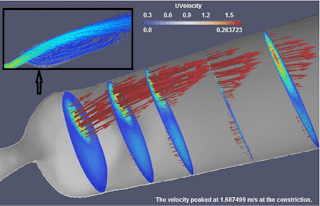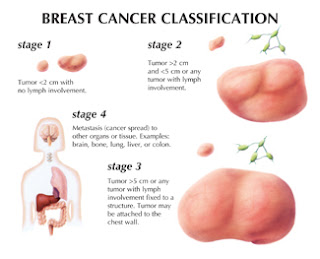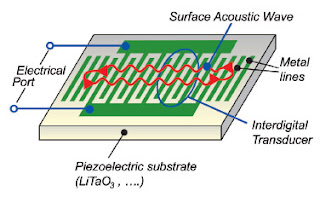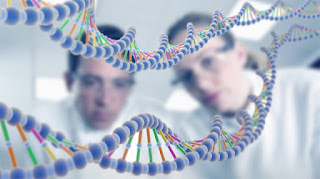Yersinia pestis, the causative organism of Plague, is widely recognized as a potential bioterrorism threat. Due to the absence of homologs in human, Shikimate Kinase (SK) is considered as an excellent drug target in several bacterial and protozoan parasites. Ample literature evidences confirm the suitability of this protein as a good target. Therefore, Shikimate Kinase of Shikimate pathway in Yersinia pestis represents an attractive drug target.
In the present study, a clustering approach was undertaken to select the proper representative for Shikimate Kinase sequences belonging to Yersinia pestis for structure determination. Three-dimensional models of the enzyme for KFB61218.1 (SK1), EFA47400.1 (SK2) and WP_016255950.1 (SK3) were generated using a comparative molecular modeling approach where structures were developed using the single specific template as well as multiple closely associated templates. The structures of Shikimate Kinase developed using comparative modeling were evaluated for stereochemical quality using various structural validation tools. Results from structural assessment tools indicated the reasonably good quality of models.















